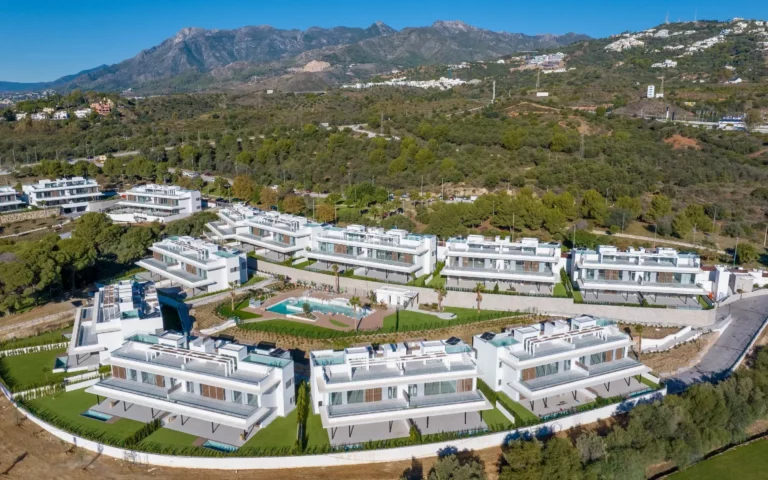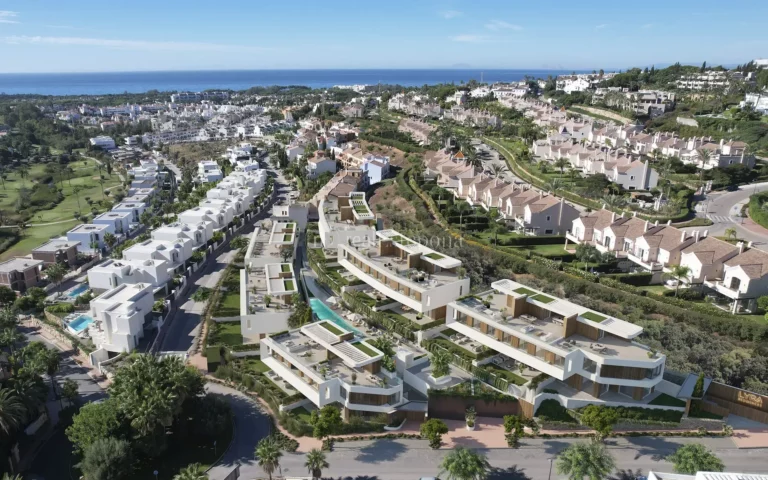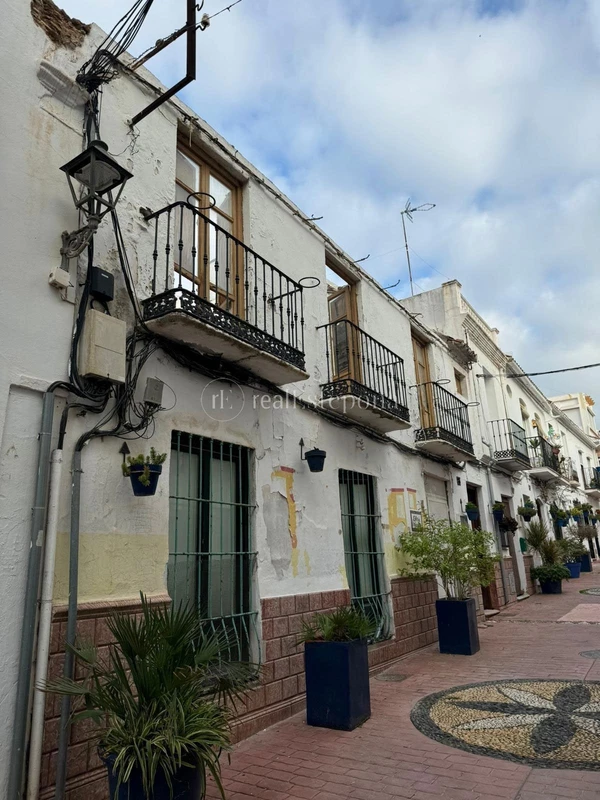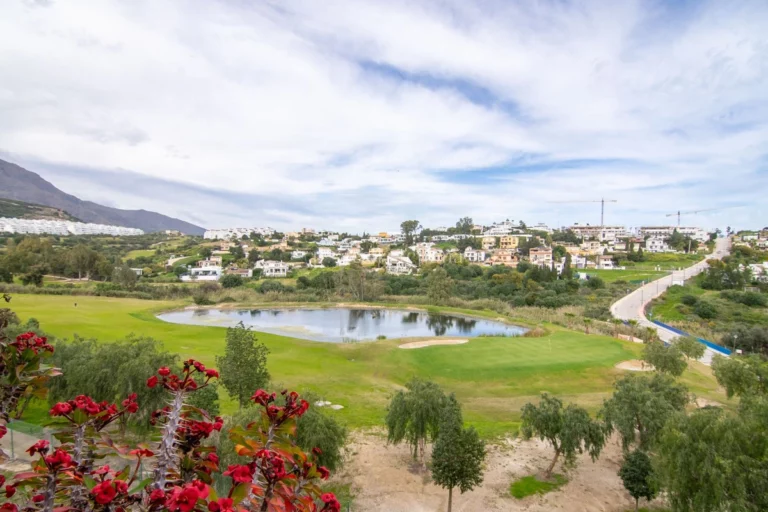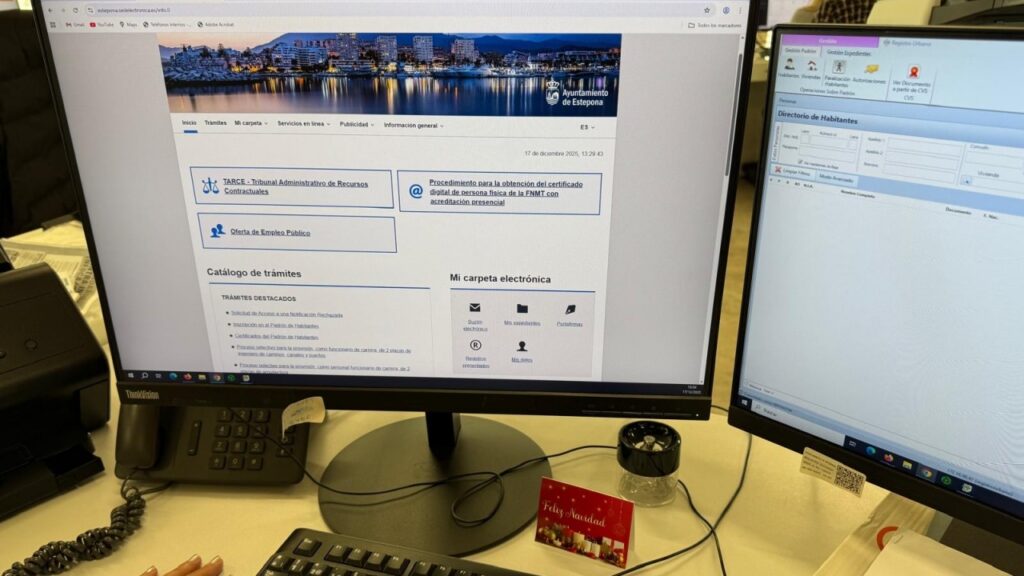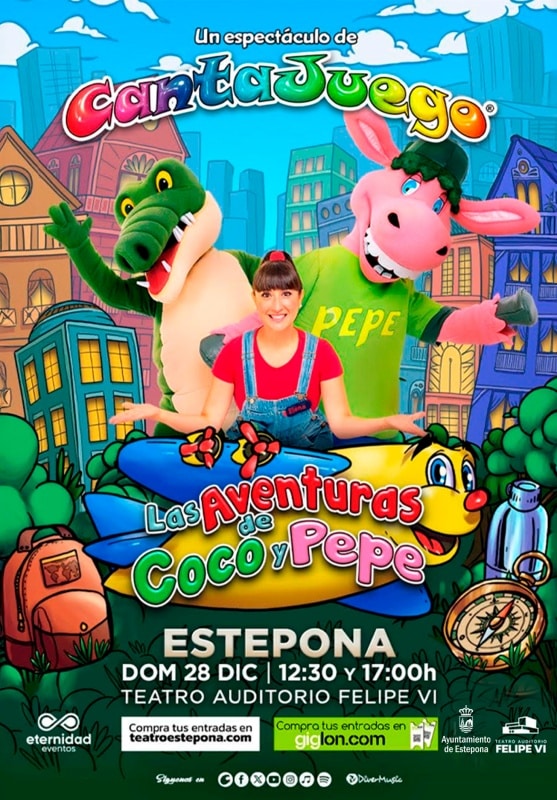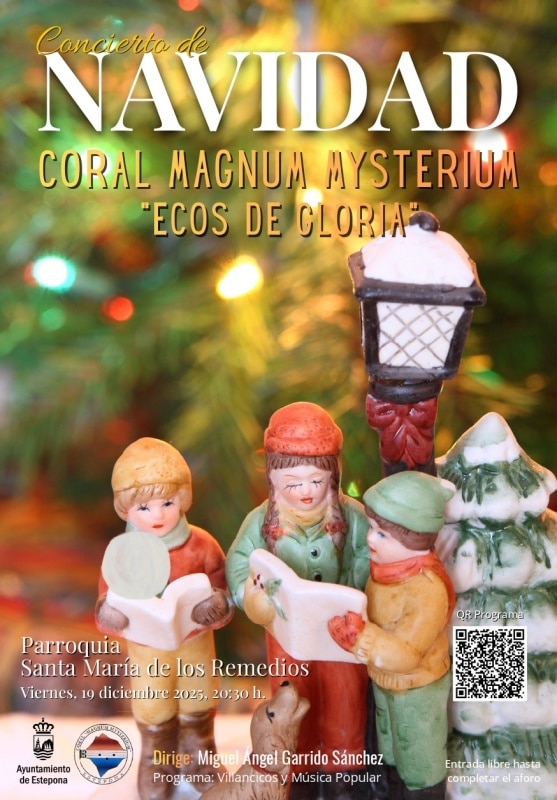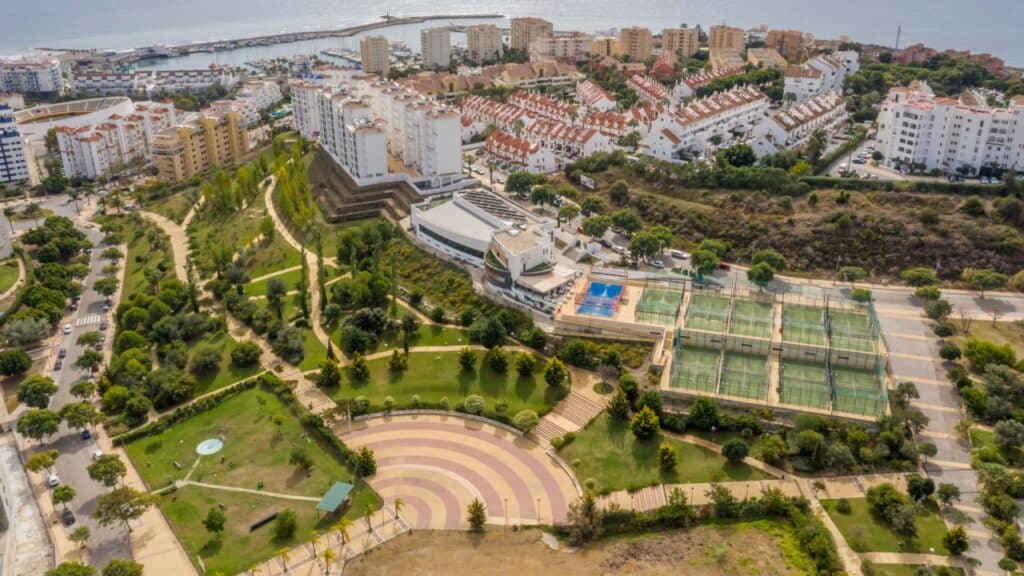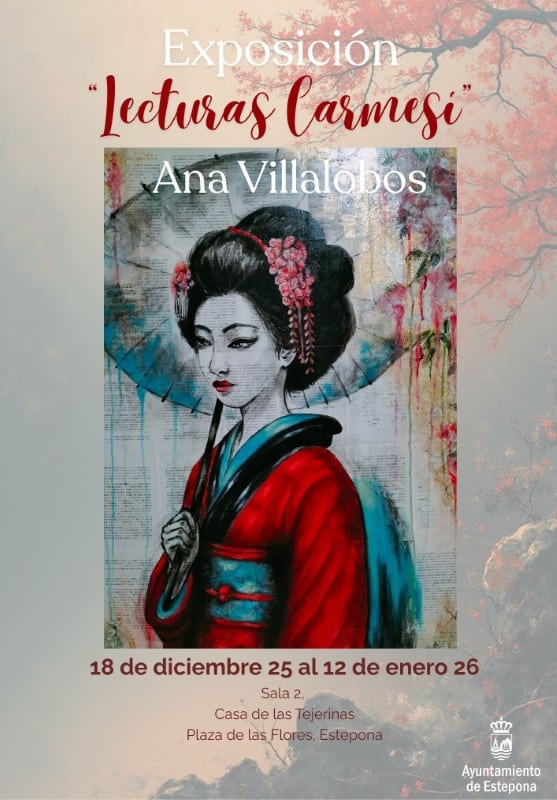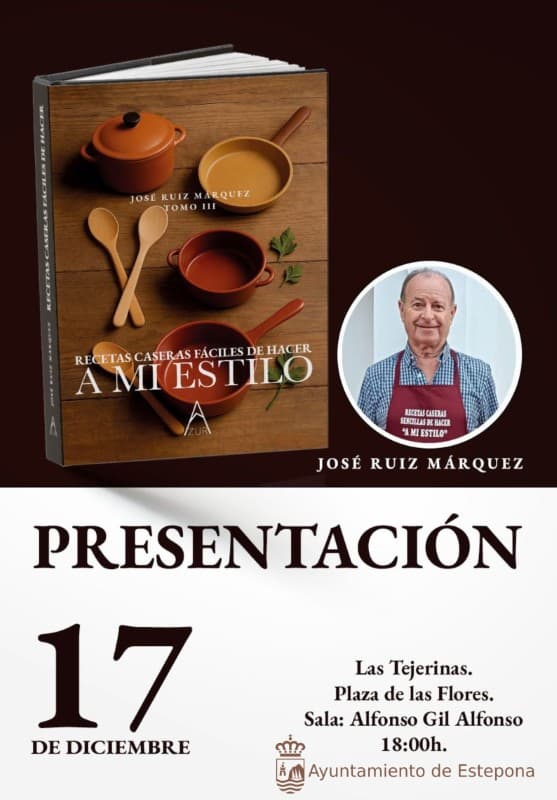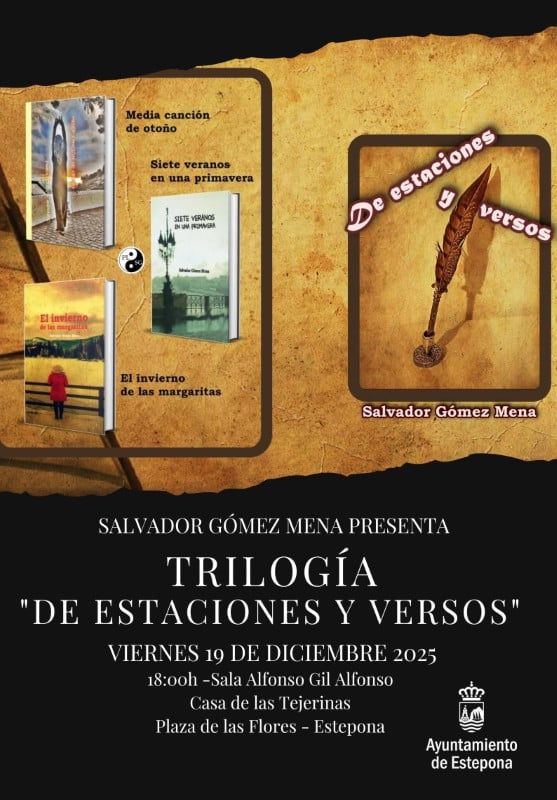Inauguration of the educational exhibition ‘BODIES. Real Human Bodies’ at the Estepona Exhibition Hall
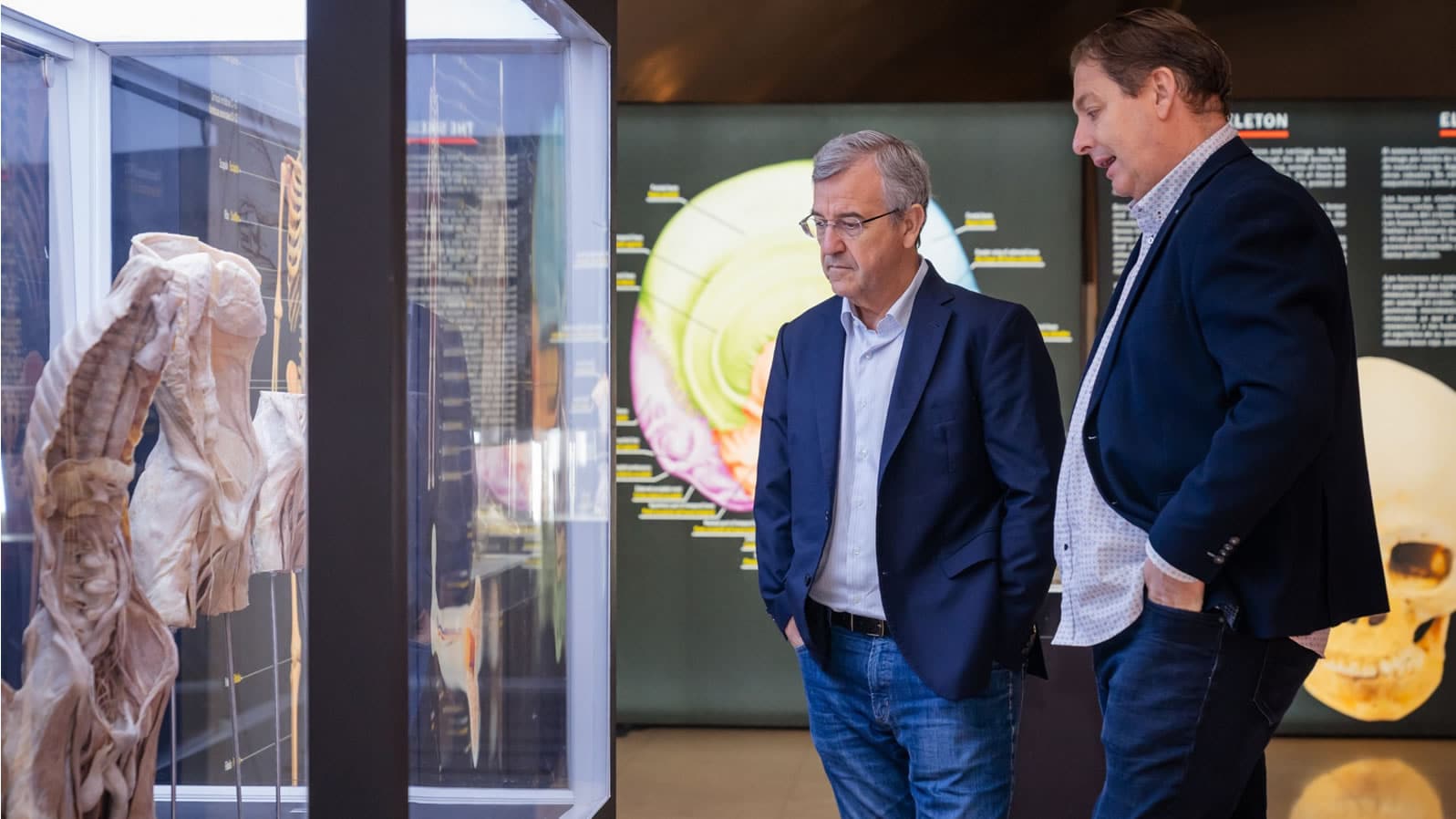
This immersive exhibition, which can be visited until May 11, provides a didactic approach to the functioning of the human body through real and perfectly preserved organs.
From today until May 11, the Estepona Exhibition and Conference Center is hosting the educational exhibition ‘BODIES, Evolution. Real human bodies’, a traveling exhibition of great worldwide success in which visitors can learn about the complexity and beauty of the human body.
The main objective of ‘BODIES’ is to make visitors understand how this real perfect machine that is the human body is constituted, what organs it has and what is its distribution and operation, as well as the harmful effects of unhealthy habits such as smoking, unbalanced diets or sedentary lifestyle. The exhibition invites visitors to discover the human body from a completely new perspective, with real bodies and perfectly preserved organs that reveal every detail of the anatomy. It explores the functioning of the nervous, muscular, skeletal, circulatory systems and more, in an educational, impactful and suitable for all ages tour.
The mayor of Estepona, José María García Urbano, inaugurated the exhibition highlighting the “didactic and outreach value of this immersive exhibition that appeals to audiences of all ages”. The councilor thanked the organizers for their support so that Estepona can showcase this internationally successful project through which an interesting educational work is carried out.
The exhibition also offers schools and institutes the opportunity to learn about human anatomy, physiology and health through an exhibition especially focused on bodies and modern daily life. The exhibition has virtual guides who, from LED screens, interact with the public generating an interactive, entertaining and recreational experience for both children and adults.
Divided into different rooms that review the different systems of the human body: bone, muscle, nervous, circulatory, digestive, respiratory, urinary and reproductive, the bodies on display are preserved using the technique of plastination, created by the German anatomist Gunther Von Hagens. This technique is the result of a long process of more than 20 years of work and the only one used today to keep a body intact for viewing.
The exhibition can be visited until May 11 from Tuesday to Friday, from 17:00 to 21:00 hours; and Saturdays and Sundays, from 11:00 to 14:00 and from 17:00 to 21:00 hours. The educational visits will be made during school hours.
Tickets are priced at 12 euros and there are discounts for registered in Estepona that apply with the purchase at the box office.


